This website uses cookies so that we can provide you with the best user experience possible. Cookie information is stored in your browser and performs functions such as recognising you when you return to our website and helping our team to understand which sections of the website you find most interesting and useful.
Vyhoda Territorial Community
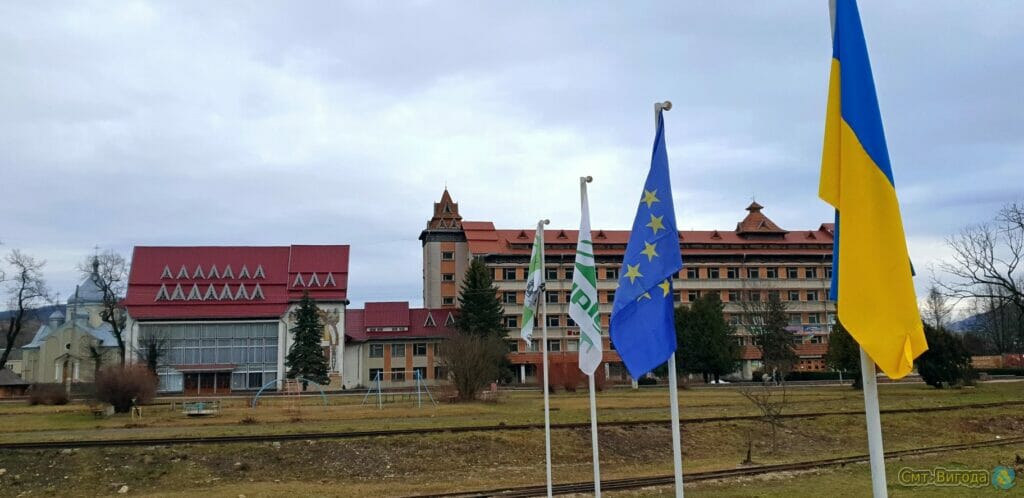
The Vyhoda territorial community is located in the Kalush district, Ivano-Frankivsk region at the foot of the Ukrainian Carpathians.
Situated 70 km away from Ivano-Frankivsk and 120 km away from Lviv, it consists of 17 settlements with the centre in the urban-type settlement of Vyhoda.
The total area of the territory is 803,494 km.
Population of the community: 18,982 people.
Women: 9,892.
Men: 9,090.
Persons of active working age: 10,102
There are 2,900 IDPs living in the community, including 370 children, 78 people with disabilities, 320 people of retirement age, 53 pregnant women and mothers with small children.
History
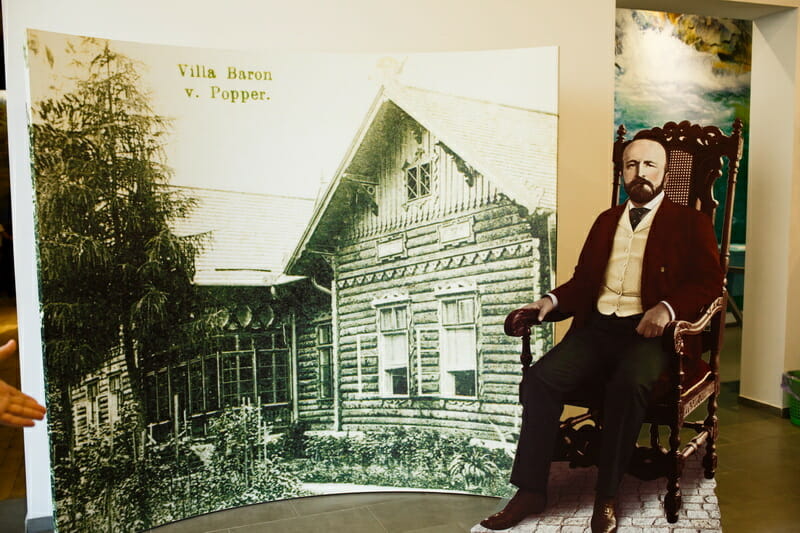
The settlement of Vyhoda is the heart of the forests of Ukraine. It was founded in 1883 on the lands of the ancient village of Patsykiv, where local residents – Boyki – lived.
Boyki are a unique ethnic group of Western Ukrainians that have preserved their ancient traditions in culture and everyday life to this day. They are descendants of the Slavic tribe of White Croats, who had their own state on this territory a thousand years ago.
The name Vyhoda is inextricably linked with the largest profitable logging industry in Galicia, which was started here during the Austro-Hungarian Empire by the richest Austrian entrepreneur, Baron Leopold Popper von Podhragy.
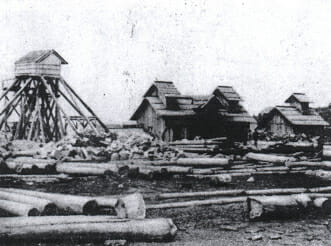
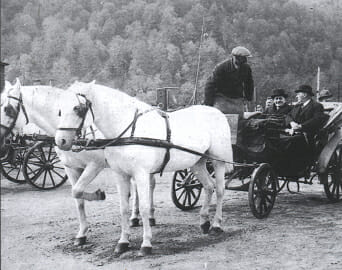
It was he who built the 65 km long narrow-gauge railway line in Mizun to transport wood from the mountains to woodworking enterprises, which the locals called tartaks (sawmills). Their ruins have survived to this day. The Baron moved the head office of his company, which specialized in harvesting, processing and selling wood, from Hungary to Galicia. The settlement began to develop at a rapid pace.
After the arrival of the Russian Empire to these lands, von Popper left Vyhoda. But during the decades of work, despite two world wars, a solid foundation of industry was laid. It has survived to this day.
The new history of the community dates back to December 23, 2018. At that time, 17 villages were united. The administrative centre of the Vyhoda territorial community is the urban-type settlement of Vyhoda.
INTERESTING FACTS

The world-famous Ukrainian poet Ivan Franko was a frequent visitor to the village of Lolyn, which is part of the Vyhoda community. Here he sought inspiration and wrote a large number of his stories and poems.
The writer’s young love – Olha Roshkevich – was born in Lolyn. According to biographers, it was his acquaintance with Olha that prompted Kamenyar to write a collection of poems about love entitled Withered Leaves. The coat of arms of the village depicts a goose feather and two hearts. They symbolize the poetry and love of Franko and Olha Roshkevych.
In 1956, a monument was erected in the village and a museum dedicated to the writer was created. Among the exhibits are Ivan Franko’s lifetime editions, original photos, autographs and other documents.

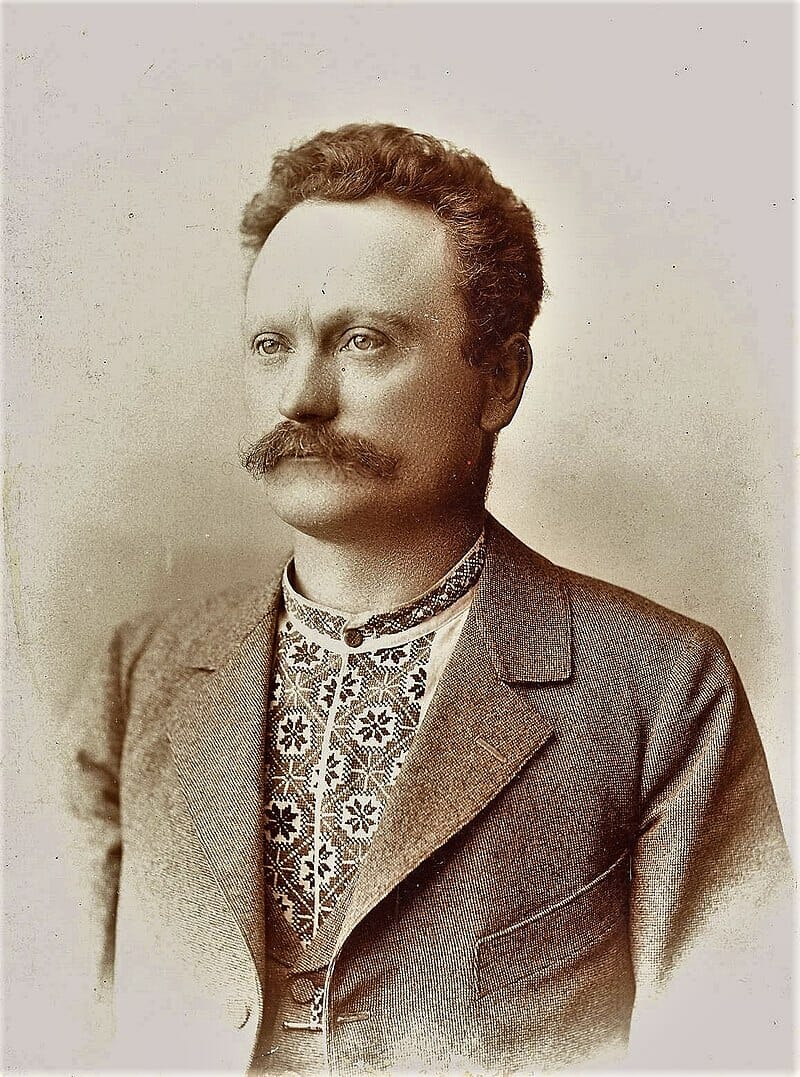
ARCHITECTURE


In the southern part of the village of Patsykiv, on a high terrace, stands the oldest shrine of the Dolyna neighbourhood – the Church of the Assumption of the Blessed Virgin Mary built in 1686. It was mentioned as a minster in ancient historical documents up to 1924.
The vault of the entrance to the catacomb has been preserved near the church. Villagers came across it while digging graves in the cemetery above the church. According to old timers, the monastery cells, which were located on the hill of Pryverkh, were connected to the church by passages.
The remains of the entrance to the buried cave can also be found near the Chernecha Yama (Monk’s Pit) glade, where the monastery used to be.
This place is still waiting for researchers who will reveal the secret of the catacomb.

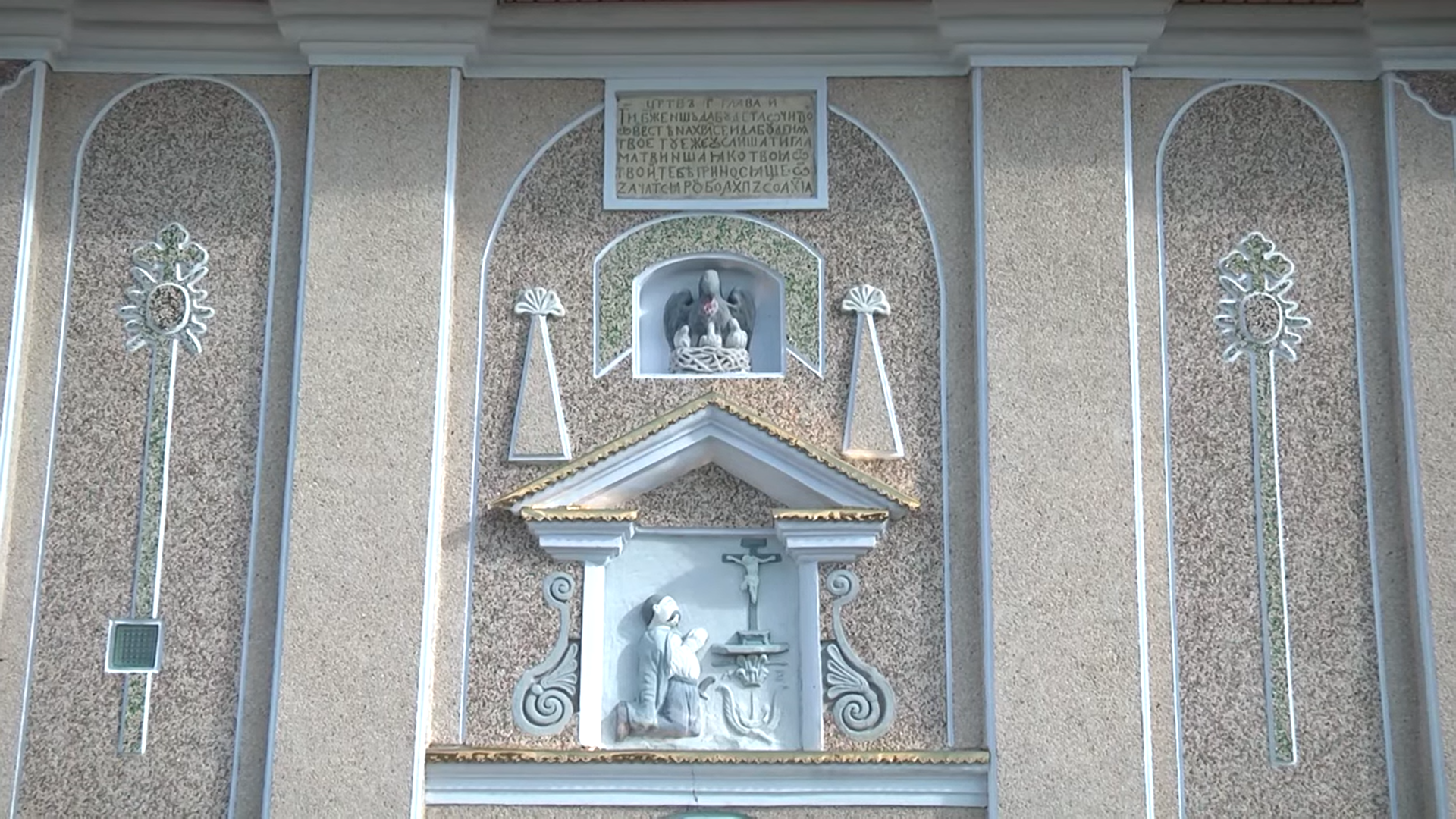
NATURAL SIGHTS
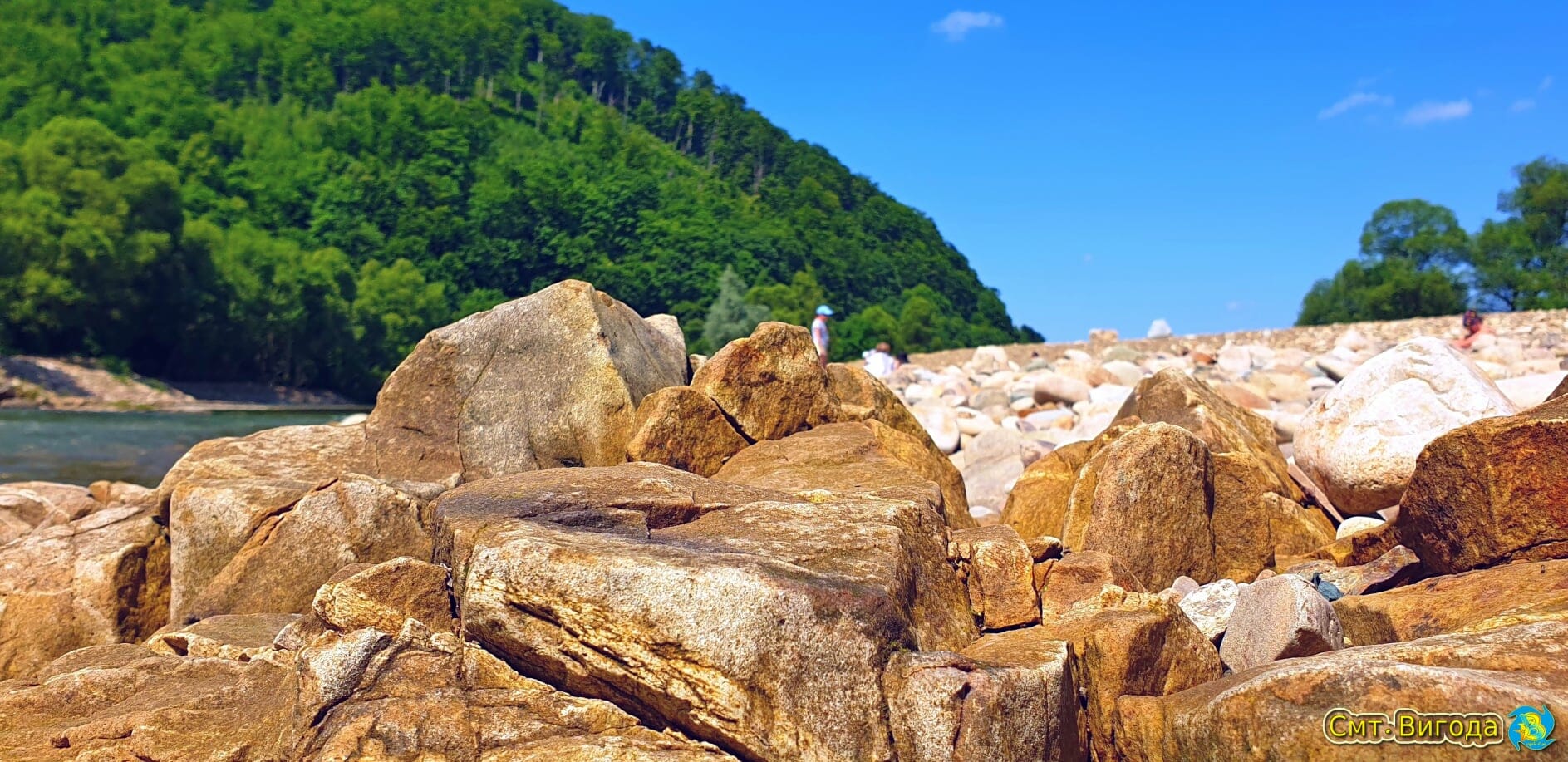
On the territory of the Vyhoda community, there are interesting natural sights that are often visited by tourists, as well as areas for camping and recreation.
Currently, there are 17 tourist and recreational facilities and 21 rural green tourism estates. The community is rich in mountain ranges, mountains, passes, valleys, tracts, rocks.
There are complexes of upland bogs. Next to this hydrological natural monument is the Shyrkovets swamp.
The space is equipped with pedestrian bridges and observation towers.
